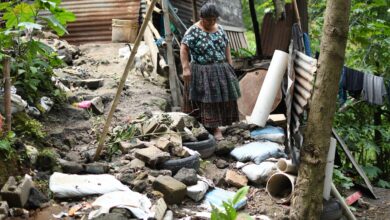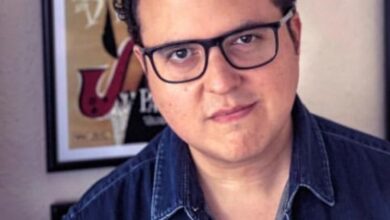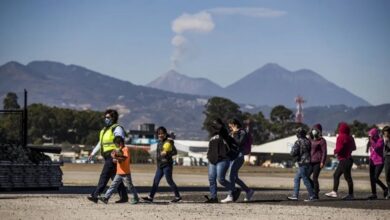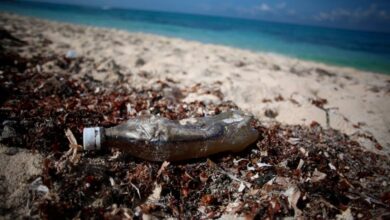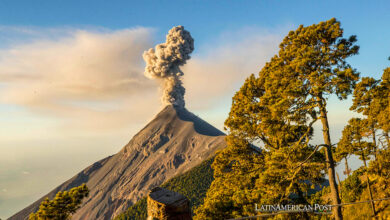From Guatemalan Hills to European Podiums: Sergio Chumil’s Climb Toward Cycling’s Grand Tours
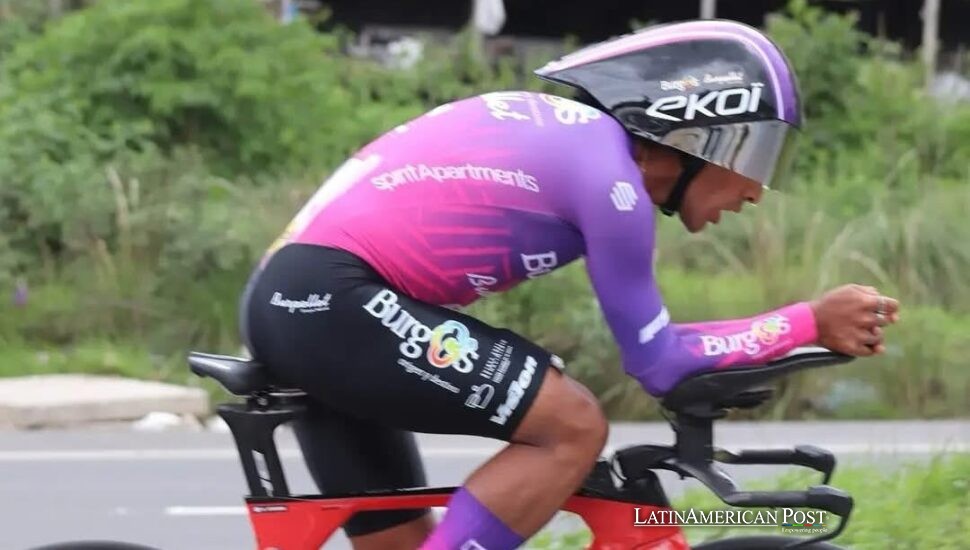
Each morning in Spain, Guatemalan cyclist Sergio Chumil trains alone behind a team car, chasing a dream that started on a dirt road and may soon carry him to the Vuelta a España—making him the first from his country to ride its modern edition.
From a Village Dirt Track to the Spanish Peloton
Sergio Chumil didn’t grow up chasing finish lines. He chased school buses, market carts, and the setting sun over the maize fields of Chuachalí, a high-altitude village tucked in Guatemala’s Chimaltenango province.
He was seventeen when a cousin lent him a dented aluminum bike—no proper gears, no fanfare. Just two wheels and an open road. That’s how it began.
By 2017, Chumil had joined a small regional team in Guatemala. Five years later, Aluminios Cortizo, a respected Spanish amateur squad, spotted his climbing prowess on social media and brought him to Galicia. The shift wasn’t easy: rain, tight roads, language barriers. But it shaped him.
“You suffer differently there,” he told EFE, “but you grow stronger.”
This spring, at 24, he signed his first professional contract with Burgos-Burpellet BH. In March, he stunned seasoned riders by soloing to win the queen stage of O Gran Camiño, a rugged race through wind-lashed Galician hills.
He had arrived.
A Central American in Pursuit of Cycling’s Holy Trinity
Chumil’s goals no longer end with contracts. He now dreams of riding the Tour de France, Giro d’Italia, and Vuelta a España—cycling’s grand tours.
The Vuelta may be his first opening. Burgos-Burpellet has a wild card entry this year, but only eight riders will make the final squad. And with 21 teammates vying for those spots, the competition is fierce.
“It’s everyone’s dream,” he says. “Only eight of us can live it.”
Still, his performances speak for themselves. He hung on to brutal mountain stages in Asturias and impressed in back-to-back hilly one-day races. He’s shown that he can not only survive three-week races but punch when it counts.
The road from Guatemala to the Vuelta is long—more than just miles. No rider from his country has started a modern edition of Spain’s grand tour. To do so now, in a fuchsia jersey bearing his name, would be history.
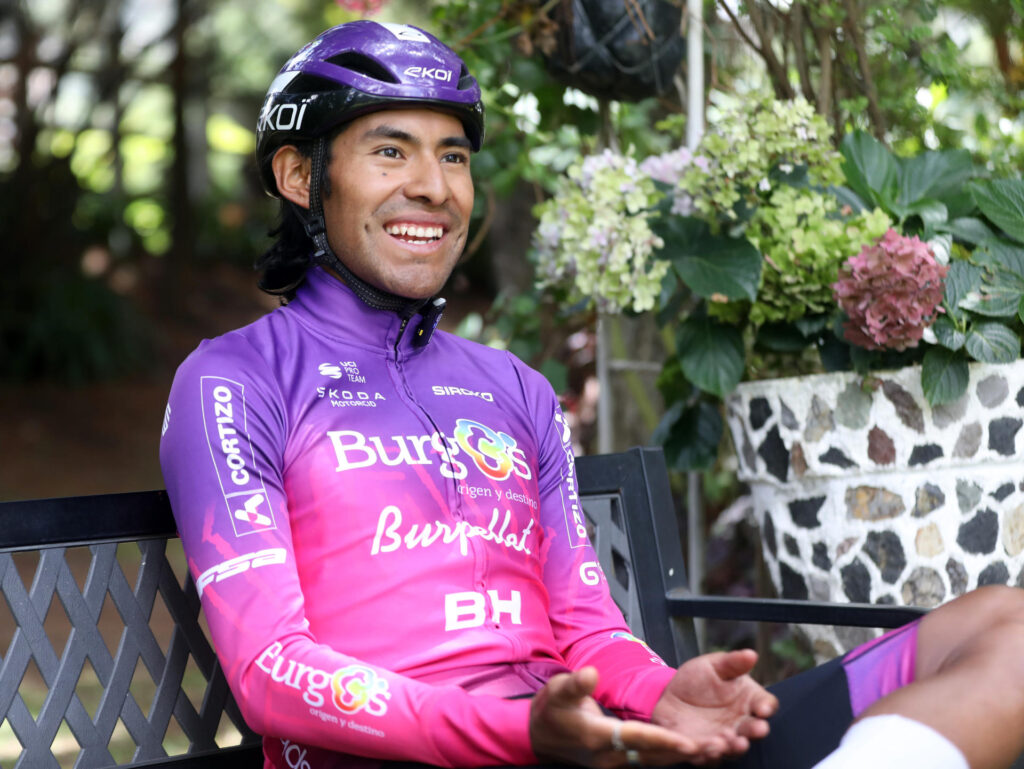
Following the Footsteps of Latin Legends
Chumil doesn’t just race alone; he carries with him the legacy of Latin American climbers who’ve redefined the sport.
He lists them off like sacred names: Egan Bernal, Richard Carapaz, Nairo Quintana. But one rider in particular lit the fuse—Isaac del Toro, the young Mexican who nearly won this year’s Giro d’Italia.
“Isaac showed that someone from this continent, with enough will, can battle against the biggest teams,” Chumil says. “That’s what I want—to earn my place, step by step.”
He’s also watched Carapaz’s meteoric rise, from Ecuadorian obscurity to Giro champion. That story convinced him that resources don’t trump resilience. “Carapaz came from a country without tradition,” Chumil says. “Now, he’s a reference point for all of us.”
Though rumors swirl that WorldTour scouts are watching, Chumil is grounded. “First, you excel where you are,” he says, echoing a phrase from Carapaz’s autobiography that he’s memorized.
In a sport where whispers become headlines, he’s chosen to focus on watts, not wishes.
Guatemala Rides with Him
Each morning, when Chumil tugs on his team jersey in northern Spain, he feels the pull of home.
Back in Chuachalí, relatives post clip after clip of his races on social media. Local TV rarely buys rights to European cycling, so fans track him through livestream tickers and WhatsApp updates.
“People write to say they woke up at 3 A.M. just to check how I did,” he says with a smile.
He also knows what it means to them. Guatemala has never sent a rider to a modern Vuelta, and only a few have ever raced professionally in Europe. For his former elementary school, his story is part of the curriculum, used in civics class as a lesson in grit and geography.
And if he makes the Vuelta roster?
“The first person I’ll call is my mom,” he says.
She once sold tamales to fund his early race entries and still scolds him about descending too fast. “She says Spanish roads have more curves,” he jokes.
After that call, he’ll head home—briefly—to spin up that same gravel road where it all began. No fanfare. Just him, his bike, and the altitude that made him.
Now in training camp in Burgos, he tackles three-hour climbs behind the team car, working with nutritionists and climatologists to simulate the brutal heat of Andalusia, where the Vuelta will begin.
He’s learned to navigate sponsor interviews in two languages, another part of the job he never imagined while hauling vegetables to market on a rusty BMX.
If the team hands him a number for the Vuelta, it’ll hang in the bus wardrobe with the others. But he already knows which one is his. “They haven’t told me,” he says. “But I believe it’s there—with my name stitched inside.”
Also Read: Maracanazo at 75 and How Uruguay Still Celebrates the Shock That Brazil Struggles to Forget
Credits: Based on reporting and interviews by EFE with Sergio Chumil González; performance and team updates from Burgos-Burpellet BH; cycling context from the 2024 O Gran Camiño and Asturias Tour; additional insights from University of Chimaltenango cycling coaches and Latin American sports historians.

